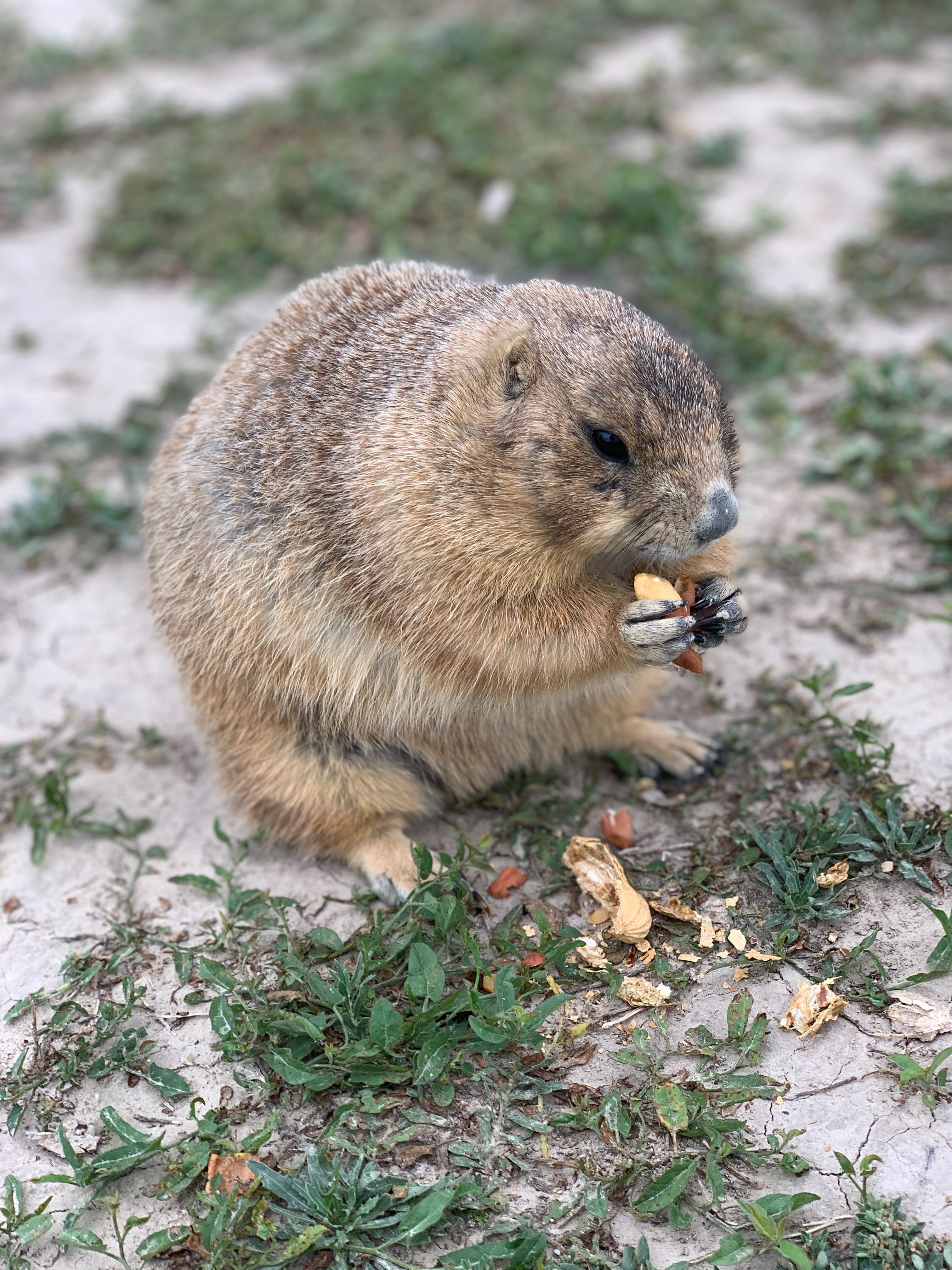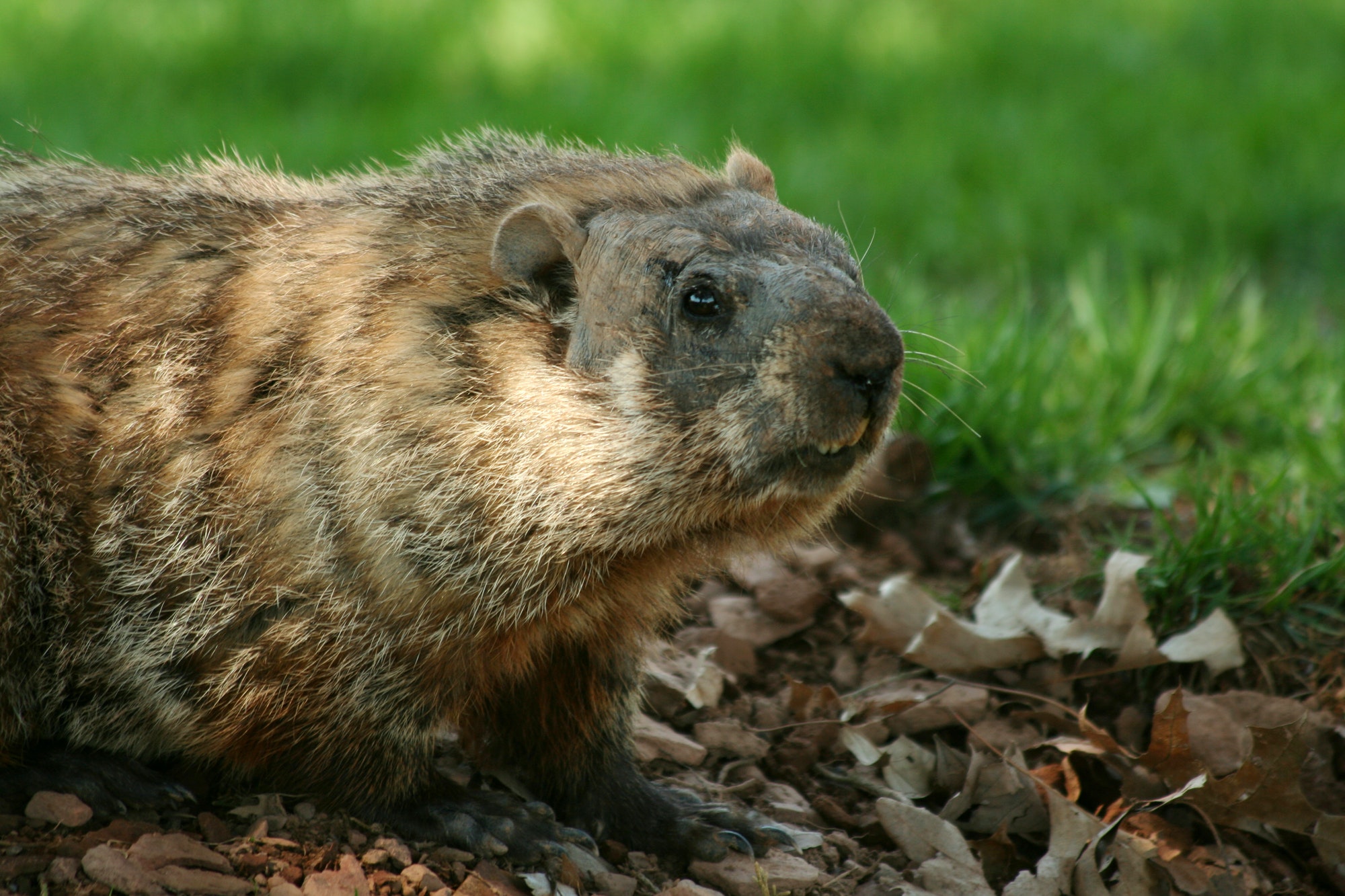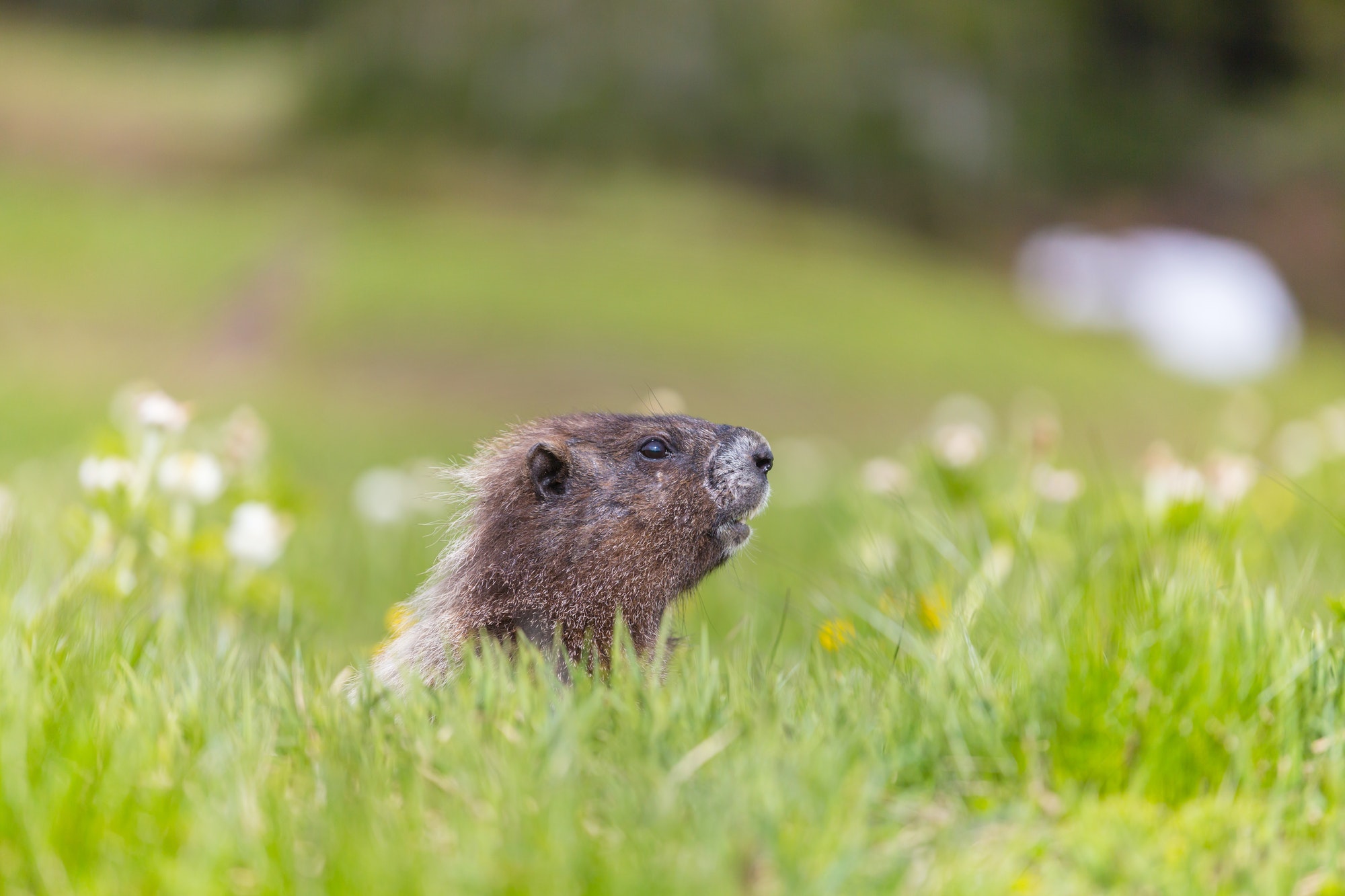What Are Woodchucks?
How much wood could a woodchuck chuck if a woodchuck could chuck wood.” I think we can all remember being young and reciting that infamous tongue twister. In all my years of life reciting the tongue twister, I never sought out to research and learn about the mysterious one they call the woodchuck.
Common sense advised me that it was an animal however I never took the initiative and the same care as let’s say researching types of dogs. Thanks to the scholarship I was able to do just that. To my surprise when I was researching woodchucks, I found out that they hold an alternative, well-known name…groundhog. The groundhog (Marmota monax, to be technical) is a rodent of the family, Sciuridae, belonging to large ground squirrels. The groundhog is one of the 14 species of marmots.

The groundhog goes by many nicknames like a woodchuck, whistle pig, land beavers, and more. The animal has many different names because of what it is identified as in different regions. It is very interesting to me that the woodchuck/groundhog can be well-known and a mystery at the same time. This phenomenon of an animal is so well-known that it has a whole day to honor it, Groundhog’s day! I remember growing up in elementary school and all the activities we would do to find the mysterious groundhog aka woodchuck that was hiding around the school.
Unfortunately, not to burst any bubbles, woodchucks do not necessarily eat wood. Woodchucks are herbivores and prefer plants to wood. They do not “chuck wood” but they do “chuck dirt” as they can move about 5,500 pounds of dirt excavating their borrows. Woodchucks are the major hole-digging mammal of eastern North America. They dig burrows that can be 6 feet (1.8 meters) deep, and 20 feet (6 m) wide. These underground homes can also have two to a dozen entrances, according to the National Wildlife Federation. They move in and out of them as crops and weather change. The renowned animal actually got its name from the Algonquin tribe of Native Americans, who called the animals wuchaks.

People can peacefully coexist with woodchucks because they are not aggressive and typically do not transmit diseases. But it is usually the sheer size of the animal that is its undoing. A smaller burrowing animal like a chipmunk is more easily overlooked. Woodchucks are not dangerous to people, but rather harmful to lawns, gardens, fences, foundations, and more. They can also get into and destroy engine compartments and chew through electrical wires. Groundhogs do however not like people, and sometimes the smell of humans is enough to scare them away. Some advice to gardeners that happen to come across woodchucks is that they will help themselves to anything and everything you have planted
They are vegetarians and are partial to leaves, flowers, and grasses. They especially like certain garden crops like carrots, beans, and peas. They will even climb trees to eat apples and pears. The primary predators of woodchucks are hawks, foxes, coyotes, bobcats, dogs, and humans. However, motorized vehicles kill many woodchucks each year. My hope is that you have learned more about woodchucks than you knew before and that you will continue to share the tongue twister, “how much wood would a woodchuck chuck if a woodchuck could chuck wood.”








